Estimated reading time: 5 minutes
When it comes to biodiversity, there’s no such thing as too much. In fact, when you’re growing your own food, your garden depends on it.
But what does it really mean? And more importantly, how do you create it in your garden?
There are lots of ways to increase biodiversity. One of the best places to start is with seeds.
The profound work of saving seeds
In 2016 Katie was lucky enough to be asked to sit on the panel to discuss a movie called ‘Seed: The Untold Story’ at the Environmental Film Festival Australia (EFFA).
If you get the chance, see the movie. It’s a profoundly beautiful (and profoundly depressing) watch. It will probably move you, and hopefully, inspire you to learn how to save seeds.
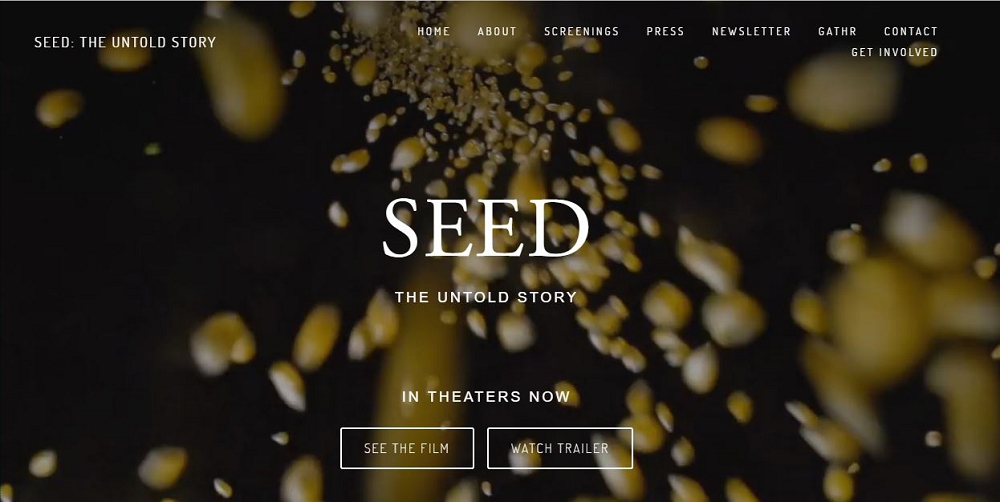
The movie is about the shocking and rapid loss of biodiversity within our food systems. More than 90% of some varieties of vegetables have already disappeared. This poses huge risks for our food supplies.
However, some groups and individuals are making heroic efforts to save our seed heritage. Saving seed feels like a humble and almost irrelevant pastime. But it’s a really simple way to be part of this incredibly important movement.
Biodiversity in your garden
Biodiversity brings so many benefits that it’s one of the guiding principles of our farm. The exact same principles apply to your garden.
Moving away from monoculture (the opposite of biodiversity) means you’ll grow healthier plants with fewer pests and diseases. You’ll also create a much more productive and resilient food system.
We’re always aiming to achieve ever greater diversity in:
- our crops (the number of fruit varieties we grow);
- the weeds and understorey plants beneath our fruit trees;
- different vegetables, herbs, and ornamental plants in the garden;
- the number of species of insects, birds, and other animals; and
- the microbes in the soil.
Biodiversity can look messy, so it really helps if you can suspend your neat gene. But it also creates a thriving, interconnected, alive feeling in the garden.
We’re very aware of how vital this is to the health of the organism that is our farm.
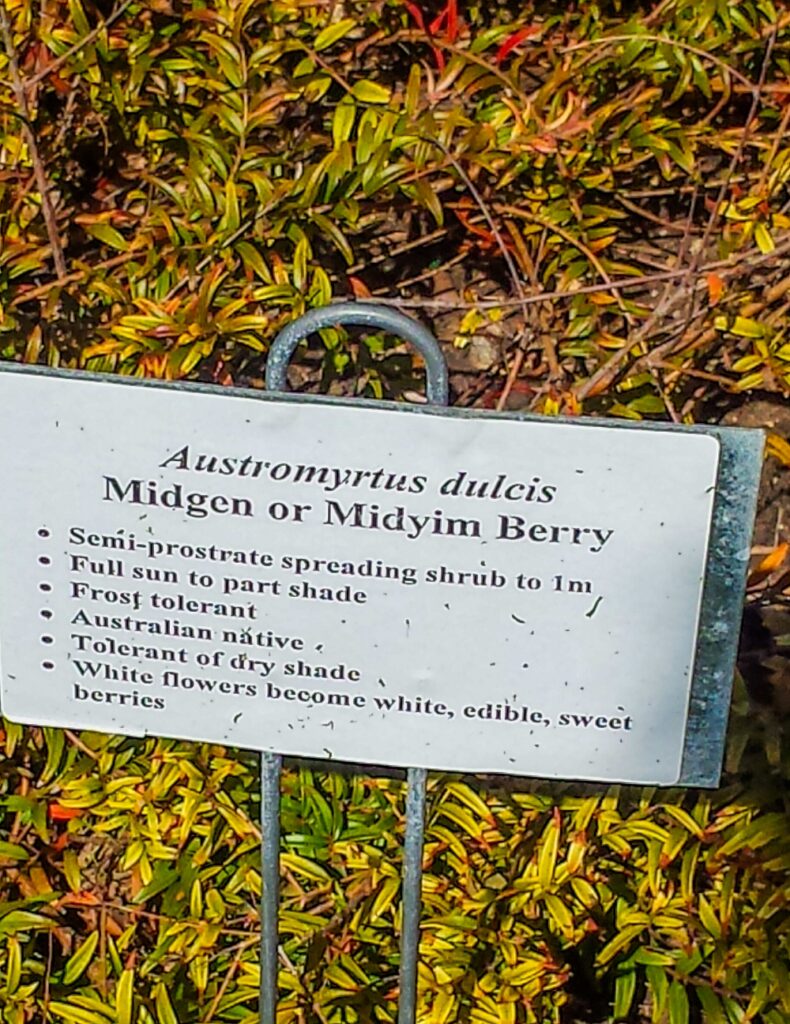
Addicted to nurseries?
One of the practical manifestations of building biodiversity in your garden can be an omnipresent attraction to plant nurseries. (Hmm, when does an attraction become an addiction??)
You’d think that having our own on-farm fruit tree nursery would feed the need for plants.
This is definitely not the case, and in fact, one of our favourite family outings is a day at a nursery. All the better if it includes a delicious lunch.

Nursery visits are brilliant for a number of reasons. Many nurseries have fabulous gardens, so it’s a great chance to see potential plants you might buy actually growing. That way you can get a sense of their size and shape to help understand how they might fit into your garden.
Good nurseries also (sometimes) have knowledgeable staff. That gives you a chance to speak to people who are familiar with the plants to find out more about them.
And lastly, they’re a great way to add to your collection of plants.
However, a word of caution. It’s very easy to find yourself spending a LOT of money on plants. One of the reasons we treat nurseries as a group activity is so we can share the cost.
Many plants can be divided. We’ll often buy a single specimen and then re-pot it and divide it among the family. A lot of plants can also be grown from cuttings. Once it’s in the family it can be shared with everyone else (as long as the owner manages to keep it alive).
And many plants can be grown from seed, which brings us neatly back to seed saving. Like most things to do with gardening, we do better when we do it together.
One of the most rewarding parts of saving seed from your garden is spreading the love. Give your excess away and help other gardeners to build biodiversity at their place.
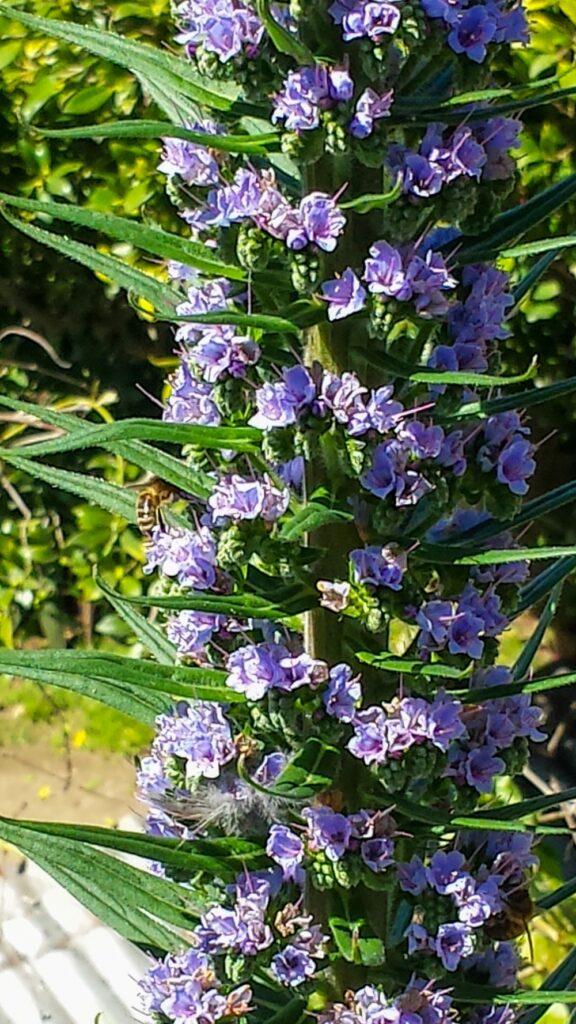
Related Articles
Animals, fruit trees, and electric fences
Animals and fruit trees go well together if you can figure out how to enjoy the benefits without the animals doing too much damage.
To mulch or not to mulch under your fruit trees?
Mulching under fruit trees is not as good as living understory, but has its place for young trees, or for mature trees if done correctly.
Warming winter cakes with home-grown fruit
Bake delicious warming winter cakes from the fruit you’ve grown on the fruit trees in your own garden for extra satisfaction.



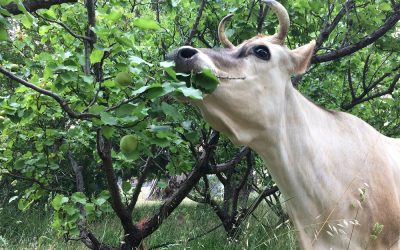

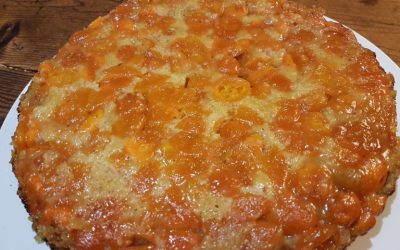


What kind of plant is that right at the bottom of the article please? It’s quite unusual! By the way your captcha thing has made it extremely difficult leaving a comment here for some reason!! Keeps telling me I’ve entered incorrect value when I haven’t.
Not sure what might have been going on with the Captcha Jakki, sorry, about that. But the plant in the last picture is an Agastache (I wasn’t there to take it, but just recognise it!). Lovely bee attracting perennial. Meg – GGF team.
Hi
Im in Connolly and thought to reach out to other gardeners in the area to see if there are unusual happenings as in my garden Im into fruit trees and have had a strange season as right now I have figs growing and ripening on the tree! I got two mangoes on my trees in past years I have had around 70 to 100 fruit.
I did get some bananas and oranges and the mandarins are doing well currently.
Would love to hear from others local gardeners, perhaps create a gardening group Connolly.